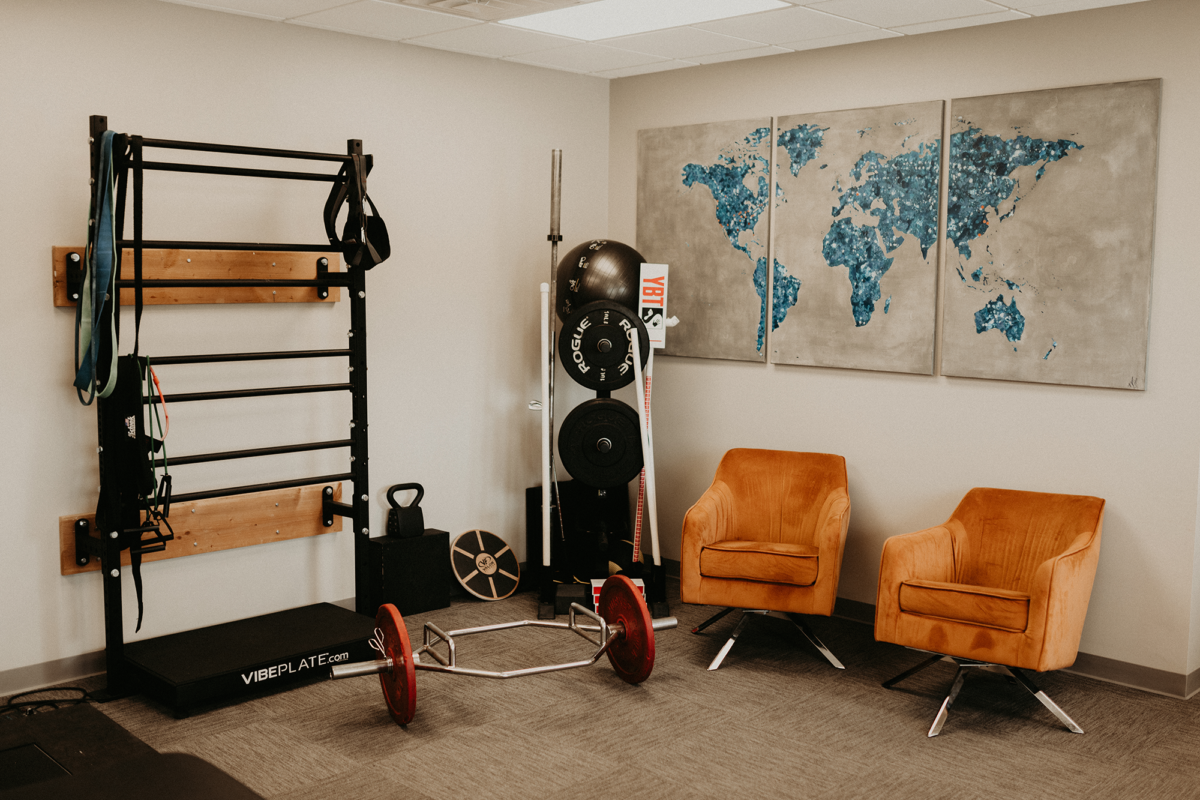What is Adhesive Capsulitis
The shoulder is a complex ball and socket joint that fits tightly together due to the surrounding muscles and ligaments that attach to it. When inflammation occurs in the surrounding tissues or joint itself the swelling decreases the space in the shoulder and changes the way the shoulder rotates and glides creating stiffness and pain. Another cause can be thickening of the joint capsule itself or rotator cuff.
The 3 Phases of Frozen Shoulder
Freezing Phase: This phase mimics a rotator cuff injury or shoulder impingment, patients typically experience a lot of pain and movement starts to progressively become limited
Frozen Phase: Pain will start to slowly diminish but range of motion becomes extremely limited and in some cases patient’s may not be able to move shoulder joint at all.
Thawing Phase: Gradual range of motion increases in the shoulder with a decrease in pain until shoulder returns to full function with minimal limitations
Symptoms
- Shoulder Stiffness
- Pain
- Loss of range of motion
Causes: There are many reasons why frozen shoulder can occur, including, but not limited to:
- Traumatic fall
- Shoulder immobilization
- Prior medical procedure
- Misuse of the shoulder
- Mastectomy
- Those over the age of 40, usually women

